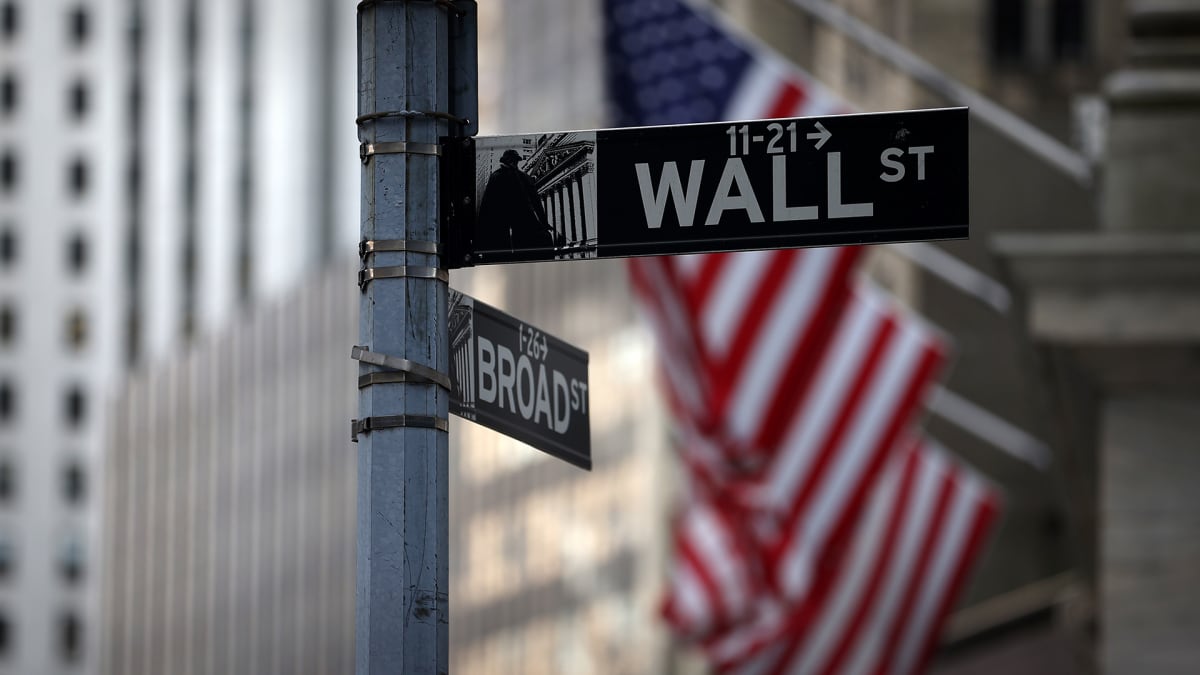
Activity in the most important sector of the U.S. economy slowed notably last month, data from the Institute of Supply Management indicated Wednesday, adding further pressure to the Federal Reserve's hawkish inflation stance as recession concerns continue to mount.
The ISM survey of activity in the U.S. services sector, which contributes around two-thirds of over GDP, slowed by nearly four points in March to a reading of 51.2, just ahead of the 50 point mark that separates growth from contraction and the weakest reading since December.
Two important sub-components of the survey, measuring employment and prices paid, were also notably weaker -- the latter falling to the lowest in nearly three years -- indicating cooling inflation pressures heading into the spring and summer months.
“This index [prices paid] is a decent leading indicator of wage growth—wages are by far the single biggest input cost for service firms—and suggests that year-over-year growth in average hourly earnings could fall to 3% by the summer," said Ian Shepherdson of Pantheon Macroeconomics. "That’s asking a lot, but the trend clearly is slowing. Softer wage growth, in turn, will help to bring down inflation in core services ex-housing, making it more likely that the Fed starts to cut rates later this year."
Markets reacted swiftly to the figures, which followed a weaker-than-expected reading of payroll processing group ADP's national employment report for the month of March, with benchmark 10-year Treasury note yields falling 6 basis points to a fresh six-month low of 3.287%.
Benchmark 2-year notes, which are most-sensitive to interest rate changes, were marked 16 basis points lower at 3.708% while the U.S. dollar index, which tracks the greenback against a basket of six global currencies, was marked 0.28% higher at 101.902.
Job Market Finally Shows Path to Fed Rate Cuts as Bank Crisis Bites
The CME Group's FedWatch, meanwhile, is indicating a 66% chance that the Fed will hold the Fed Funds rate steady at between 4.75% and 5% next month in Washington, with bets on a July rate cut rising to 66%.
That view, however, was dismissed by Cleveland Fed President Loretta Mester last night during a speech at New York University, where she told a group of economists that rates would likely have to rise past 5%, and stay there for "some time" in order to bring inflation back to the Fed's preferred 2% target.
"Precisely how much higher the federal funds rate will need to go from here and for how long policy will need to remain restrictive will depend on how much inflation and inflation expectations are moving down, and that will depend on how much demand is slowing, supply challenges are being resolved, and price pressures are easing,” Mester said.
On Wall Street, the S&P 500 was marked 16 points lower in mid-day trading following the ISM survey release, while the more-defensive Dow Jones Industrial Average was up 65 points. The tech-focused Nasdaq was marked 150 points lower.
The weaker ADP jobs figures, which showed private payrolls rose just 145,000 last month, followed Labor Department Tuesday that indicated U.S. job openings fell by 632,000 over the month of February, and noted in its monthly Job Openings and Labor Turnover Survey -- better known as JOLTs -- that overall unfilled positions were pegged at 9.9 million, the lowest in nearly two years.
The February data followed a key reading of manufacturing activity over the month of March, published yesterday by the Institute of Supply Management, which showed its benchmark reading slumped the lowest in nearly three years -- and the lowest since 2009 if you strip out the pandemic-era figures of early 2020 -- amid a plunge in new orders and a pullback in hiring that extended the survey's contraction to a fifth consecutive month.
"Slower employment growth in the ADP report reinforces the signal from the big drop in job openings reported yesterday. The labor market is getting less tight," said Bill Adams, Chief Economist for Comerica Bank in Dallas. "This is one of the Fed’s conditions for pausing its interest rate hiking campaign, but the Fed also wants to see core inflation slow more."
"If next week’s inflation reports come in hotter than expected, the Fed might still hike their policy rate a quarter percentage point at their next decision in May," he added.







